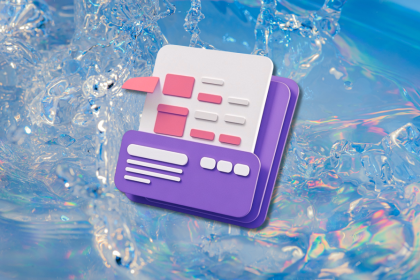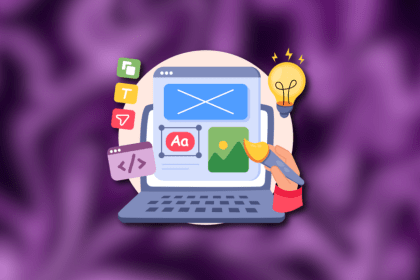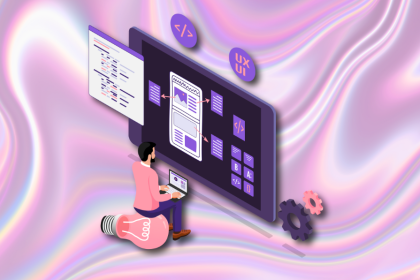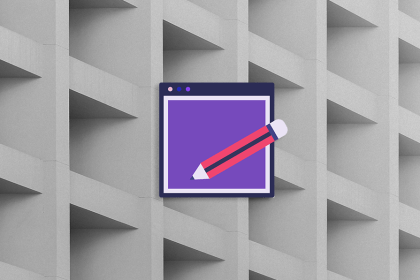
Small actions can have large consequences in complex systems. Here’s how UX designers can manage dependencies so users feel informed and in control rather than blocked or blindsided.

This article examines when hero sections are necessary in digital products, when they create friction, and how to evaluate them using UX goals, primary actions, user flow impact, and real-world alternatives.

AI speeds up tasks like research synthesis, ideation, and first-draft wireframes, but it can’t replace clarity, taste, or decision-making. Here’s a grounded look at what AI actually does well in UX right now.

Discover how to craft UX-friendly hero sections with examples, design tips, and strategies that drive engagement and conversion.
One Reply to "Motion design is cool, but can hurt users — here’s how I fixed it"
Build A GIF demonstrating the updated design with the parallax effect replaced by subtle fade-ins and gentle scale animations, resulting in smoother scrolling and improved user comfort.
The result — Testing after these changes showed fewer reports of discomfort, faster load times, and users noticing the main messaging more quickly.
Best practices for motion design
Here is a distilled checklist of what works and why:
Start with purpose — Motion should have a job: guide attention, signal change, provide feedback. If it is just “because it looks cool,” reconsiderRespect user preferences — Implement prefers-reduced-motion and consider manual toggles for animations over five secondsKeep it quick — For the majority of UI animations, a duration of 200–500ms strikes the perfect balance, noticeable without losing that quick, responsive feelAvoid motion-dependent essentials — Never make critical interactions rely entirely on animation cues. Provide static equivalentsTest across devices — Always check motion on lower-end hardware. A smooth effect on your design laptop might stutter badly elsewhereEnhance clarity, not compete with content — Motion should make the interface easier to understand, not distract from the taskConclusion
Motion design goes beyond simply making visuals attractive. It is about enhancing usability, communicating clearly, and reinforcing brand personality. “My parallax fail” taught me that motion without clear intent and careful execution can undermine all of those goals.
The takeaway? Treat motion as you would any other UX element. Test it, measure its impact, and be willing to dial it back if it is not serving the user. When it is done thoughtfully, motion does not just make a product feel alive; it makes it feel effortless.
P S + Build Custom Samsung DESKTOP.OS.S938USGS25U.SPR.VZW5gLTE REGISTERED OFFICIAL UxUiGui@logrocket